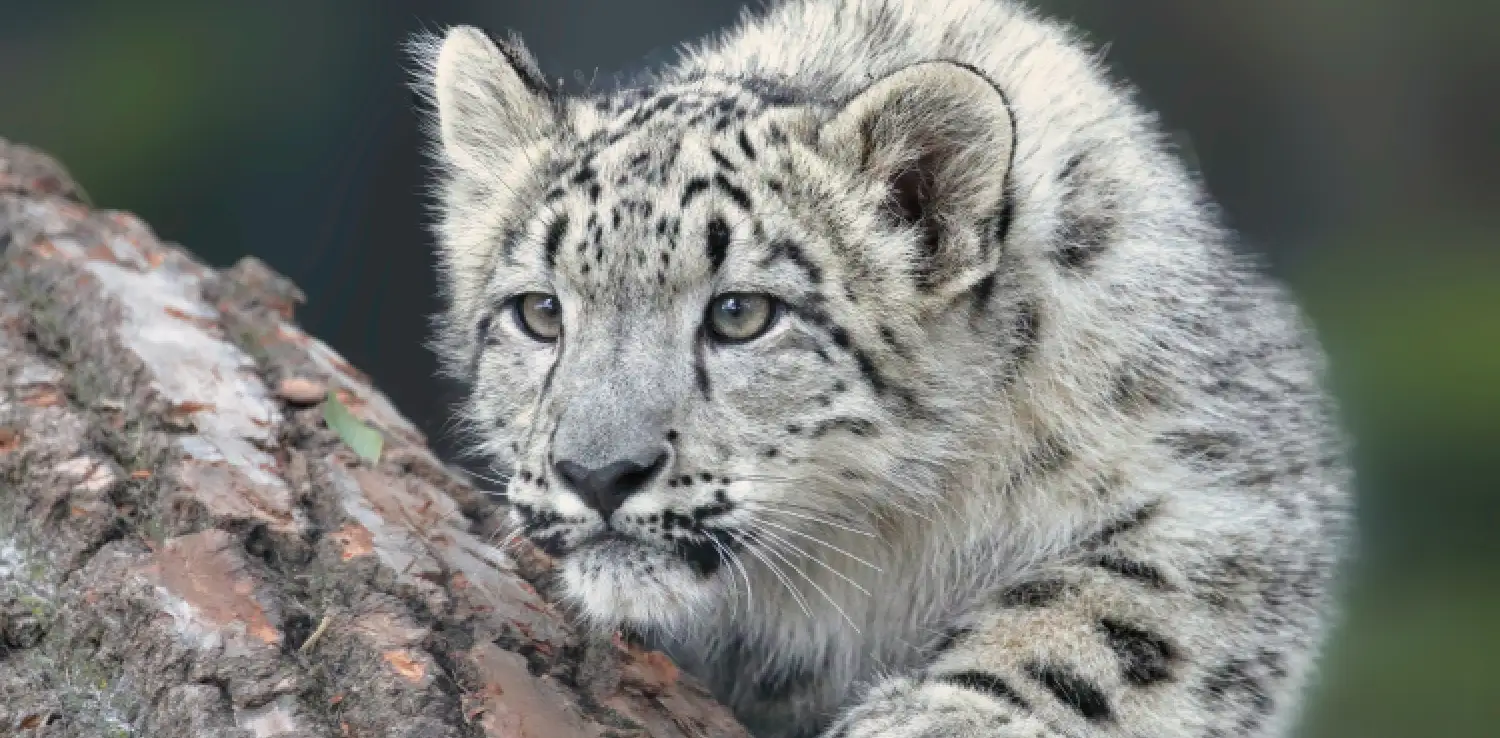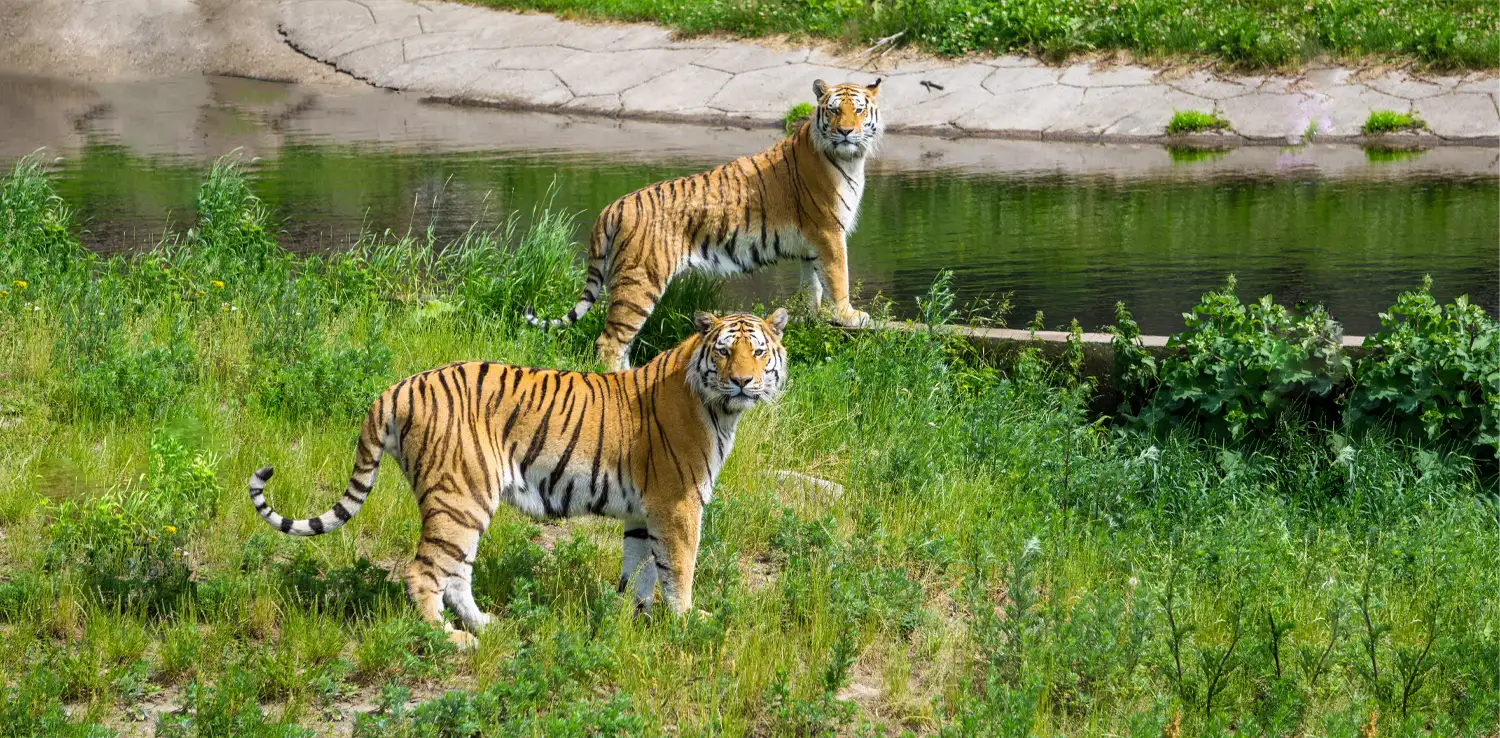5 Animal Conservation Efforts in Asia

Photo: Pascal Mauerhofer on Unsplash.
Earth is home to many. Millions of species are sharing our planet. It’s also important to remember that the health and survival of humans and these other species are undeniably linked, making it crucial for us to take care of our biological diversity and ecosystems. Worryingly, we are facing a global biodiversity crisis due to climate change and human activities. Scientists and activists around the world are trying to halt biodiversity loss through various ways. For example, here are some animal conservation efforts in Asia:
1. Irrawaddy Dolphins in Mekong River, Cambodia

Irrawaddy dolphins (Orcaella brevirostris) have features similar to belugas, with bulging foreheads and short beaks. The Mekong River is one of the three rivers that houses the Irrawaddy dolphins. They used to occupy more expansive spaces in the Mekong River system, but now 89 of them only inhabit a small portion of the Mekong River that stretches 180 km.
In 2012, the government of Cambodia banned gillnets, fish cages, and electrics for fishing to avoid damaging the dolphins. In February 2023, they issued a sub-decree to regulate designated dolphin protection areas called the Mekong River Dolphin Management Areas to support the dolphins’ migration, foraging, and reproduction activities.
2. Snow Leopards in Central Asia

Snow leopards (Panthera uncia) are big cats living in northern and central Asia’s high mountains. Their distinct features include thick, rosette-patterned fur and exceptionally long tails. Unfortunately, said fur is one reason humans hunt them down. Data from 2016 estimated 200-400 snow leopards have been poached annually since 2008. Now, the International Union for Conservation of Nature (IUCN) listed snow leopards under the Vulnerable status.
In 2019, the IUCN launched SOS Central Asia, a three-year project supporting species migration and civil society organizations across Kazakhstan, Kyrgyzstan, and Tajikistan. The IUCN funded three projects by various organizations that aimed to conserve snow leopards and develop the communities near their habitats.
3. Dugongs in Abu Dhabi, United Arab Emirates

Abu Dhabi’s marine and coastline ecosystem is home to the world’s second-largest population of dugongs, the only herbivorous marine mammal. It houses around 3,000 dugongs. The dugong (Dugong dugon) is extinct in some places and considered Vulnerable globally by the IUCN.
Dugong conservation in Abu Dhabi focuses more on restoring its habitat. The Environment Agency Abu Dhabi leads a collaborative restoration effort joined by the government, conservationists, and communities to revive the land and sea areas to create a flourishing habitat for marine life to live and reproduce. The goal is to restore 12,000 hectares of mangroves, coral reefs, and seagrass meadows by 2030. By the end of 2022, about 7,500 hectares have been restored.
4. Japanese Giant Salamanders in Japan

The Japanese giant salamander (Andrias japonicus) is one of the largest amphibians in the world. This endemic Japanese species is designated a Special Natural Monument and Treasure of Japan. The Nawa River Basin of Mount Daisen has some of the highest population of the Japanese giant salamander. Unfortunately, the population is declining due to habitat loss caused by roads, weirs, and dam constructions.
In 2021, Sustainable Daisen was established. It is a non-profit organization aiming to protect and conserve the Japanese giant salamander and its natural habitat through outreach, education, research, and ecological intervention.
5. Tigers in Nepal

A century ago, there used to be 100,000 tigers living in Asia. Now, the number has declined to 3,500 primarily due to poaching, illegal trade, habitat loss, and human-tiger conflict. Tigers are now listed as critically endangered – three tiger species are even extinct.
In 2009, Nepal had an estimated 121 tigers. The following year, the nation participated in World Bank’s Global Tiger Recovery Program with 12 other countries to mitigate tiger extinction. In 2022, the National Tiger and Prey Survey revealed there were 335 tigers in Nepal.
—
This article was published to commemorate International Day for Biological Diversity. Learn more about Biodiversity and Ecosystems on Green Network Asia.
Thank you for reading!
If you find this content useful, join GNA-International Annual Individual Membership and gain unlimited online access to all news and stories, including Exclusive Content that showcases sustainable development and sustainability cross-sectoral insights from multi-stakeholders in governments, businesses, and civil society in the Asia Pacific and beyond.

Nazalea Kusuma
Naz is the International Editor at Green Network Asia. She once studied Urban and Regional Planning and has lived in multiple cities across Southeast Asia. She is a passionate and experienced writer, editor, translator, and creative designer with almost a decade worth of portfolio.


 Mainstreaming Impact Investing for Sustainable Development
Mainstreaming Impact Investing for Sustainable Development  Social Protection for Indonesia’s Gig Economy Workers
Social Protection for Indonesia’s Gig Economy Workers  Food Waste in Southeast Asia
Food Waste in Southeast Asia  Seeing the World in the Frame of a Food Crisis
Seeing the World in the Frame of a Food Crisis  A Tale of Two Futures
A Tale of Two Futures  ASEAN’s Potential and Commitment in Energy Transition
ASEAN’s Potential and Commitment in Energy Transition